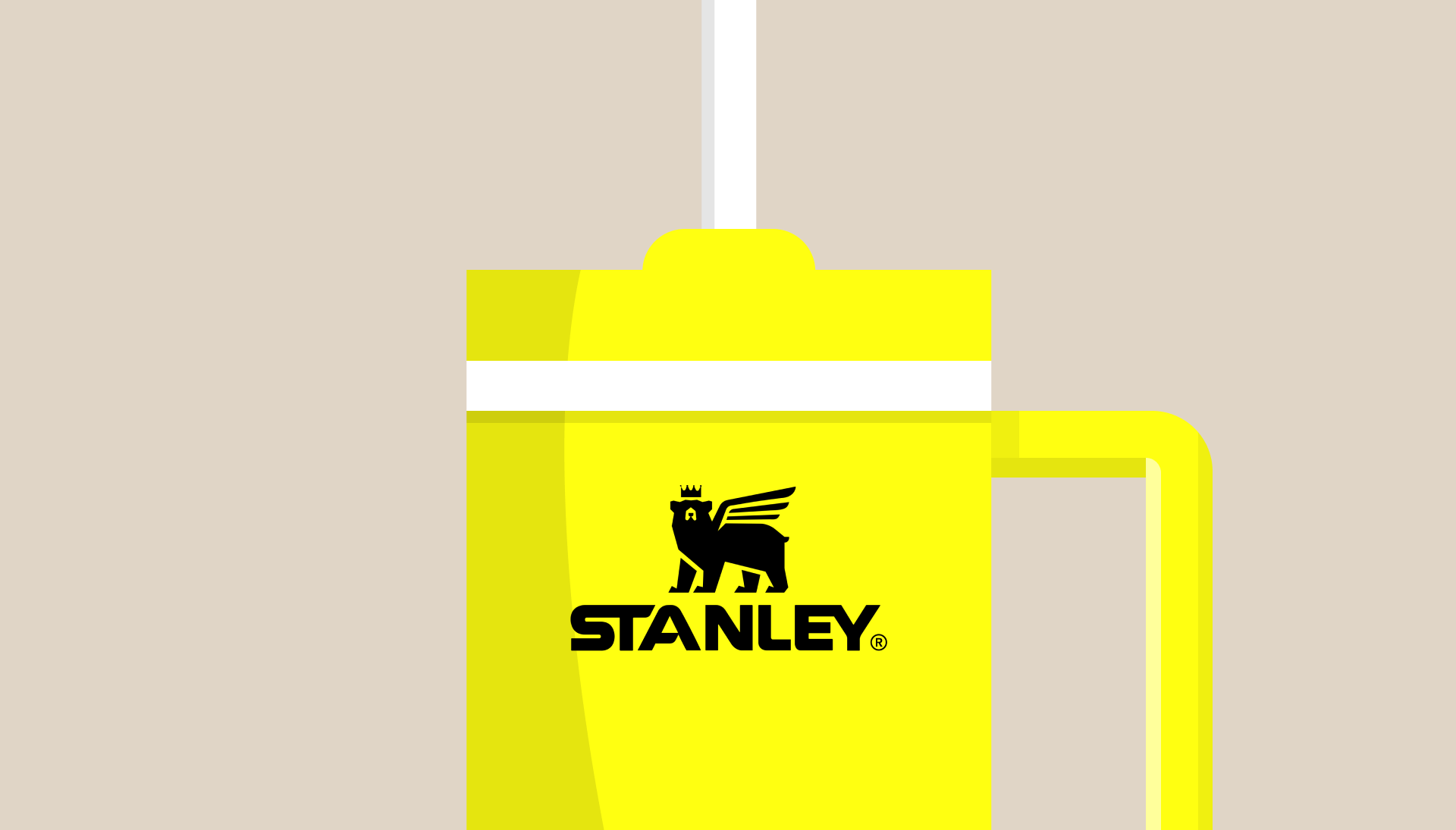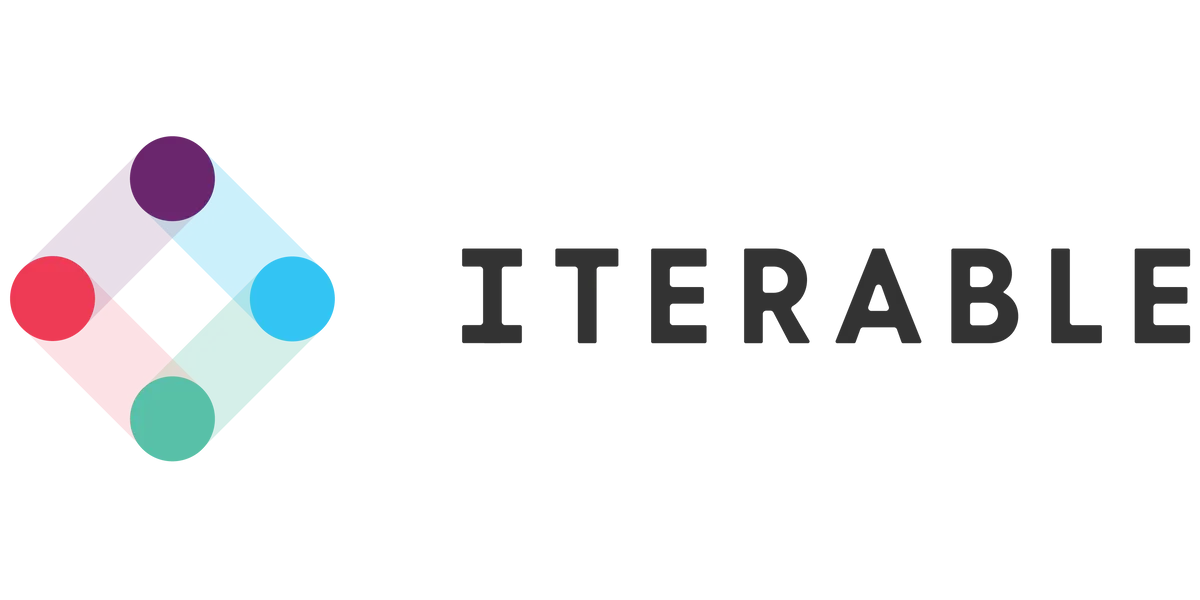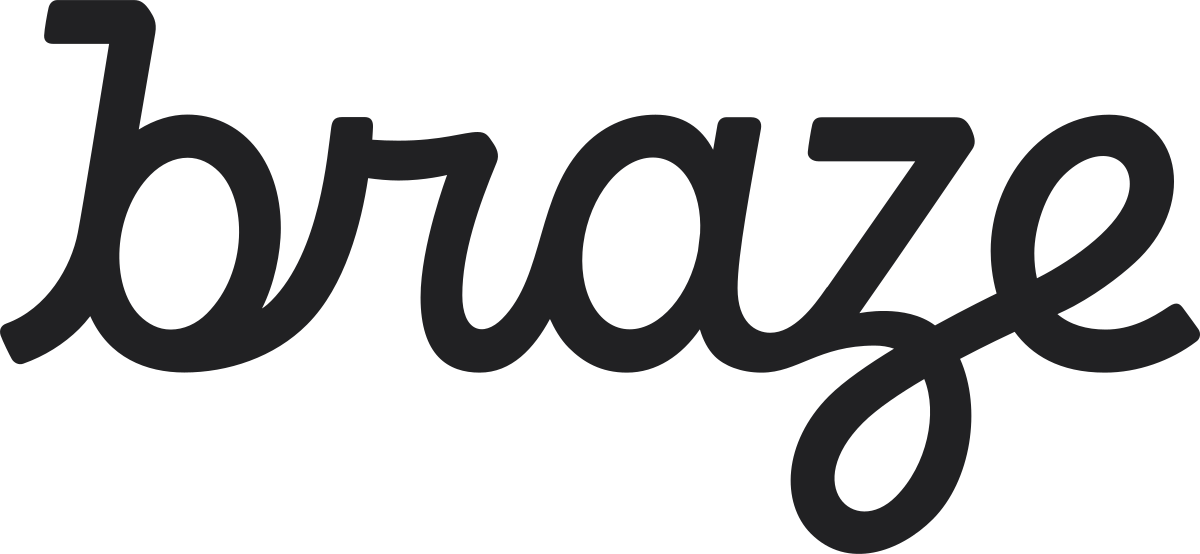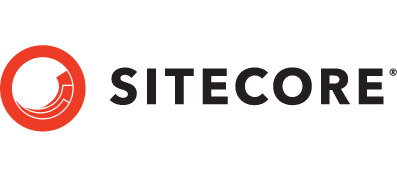It’s no secret that the pandemic had a direct impact on the media landscape in 2020 and, frankly, it’s no surprise. In a climate where consumer confidence was down coupled with public health measures and a growing unease with systemic racism causing civil unrest all over the world, and growing distrust of authority, brands struggled to maintain their foothold on the nuances of public sentiment. 2020 marked a deeply divided and rapidly changing world, in which brands grappled with any kind of forward-planning, even shifting ad placements or campaigns that had the potential to become contextually risky. Brand content and messaging had the potential to turn from innocent to insensitive, based purely on the events of a particular week.
In this climate, consumers are also becoming hyper-aware of the authenticity (or the inauthenticity) of brands aligning with social justice issues. Brands like Peloton were called out for their attempts at trying to align with the Black Lives Matter movement when they gave a significant donation to the cause in 2020, yet failed to commit to diversity internally.
The latest Media Quality Report just released by Integral Ad Science (IAS) provides us with a look into the global media landscape by providing data on advertising trends, including viewability, brand safety and suitability, and ad fraud across digital environments and channels. In this way, we can attempt to map the effects that recent events have had on global ad trends.
Don’t worry, you don’t have to actually read it! We’ve come up with our take on the report, so you can extract the key insights affecting the Australian media landscape. In a nutshell, the report shows that most metrics in Australian media are going backwards from 2019 to 2020 – we’re seeing lower viewability rates, reduced time in view, higher ad fraud, and increased brand risk.
First of all, the report maps a decrease in average viewability across desktop display, desktop video, mobile display, and mobile web in Australia. Meanwhile, ad fraud in Australia increased across desktop video, while brand risk in Australia also increased across desktop display, desktop video, mobile web display and video. In fact, brand risk for video impressions went up globally in July-December 2020, driven, in part, by adult content and hate speech.
So, why have we seen these increases in ad fraud and brand risk, while seeing decreases in viewability? Well, our hypothesis is that in the wake of COVID-19, reduced spend in March-June, coupled with a reduction in offline media budgets meant that brands went hard on digital, particularly video, in the second half of 2020. This makes sense; after all, there’s such a huge range of digital inventory. Digital can also allow brands to move in an agile nature and mobilise campaigns quickly. The issue in 2020 was, we feel, that a surge in spending would have caused a glut in the market, with spend being diverted to lower quality, yet high-risk inventory, in an attempt to find cost efficiencies and scale.
In order to combat ad fraud, Jessica Miles, Country Manager ANZ at IAS, advises marketers to “continue to be vigilant” and only invest in quality media from trusted sources.
Additionally, Miles feels that marketers shouldn’t underestimate the power of brand risk. She believes brand risk has a “direct impact on a brand’s reputation with the potential to adversely affect brand value.”
Fast-forward to 2021, and we’re seeing marketers start to invest heavily in TV, above pre-COVID levels. We are seeing phenomenal spend as brands return to the medium. This surge in spending, while encouraging for some, can put marketers at increased risk of inflated prices and poor-quality inventory, leading to more brand risk.
If we’ve learnt one thing from 2020, it’s that agility is key. Yet, marketers need to proceed with caution when pivoting in order to avoid pitfalls, taking into account market conditions, the current social climate, and, of course, how they might achieve their own specific business objectives. It’s key to avoid knee jerk responses which may detract from core strategy. The AFFINITY team are experts across the media market. Our specialist staff are here to guide marketers who are struggling to find solutions to these problems and help them navigate a fast-moving media landscape.


















